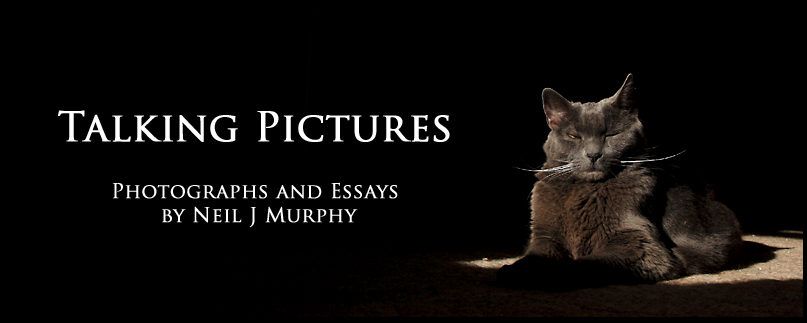While I make semi-regular visits to many of the locations featured here, I don't always set out to deliberately record their deterioration. In the case of Freeport's Brooklyn Water Works ruins, I've been there several times in the last few years, but I haven't always had the same goals each time. The last two or three visits I made were all infrared shoots, most of which have been posted here before. The last time I shot color there was on this muggy August afternoon in 2008.
Pictured above is the west turret. Watching the walls fall reveals the several layers of brick that make up the mostly masonry structure. The second story of the turret, in fact, has entirely lost its surface bricks, only the lower-quality and less-skillfully laid bricks remain.
Pictured above is the west turret. Watching the walls fall reveals the several layers of brick that make up the mostly masonry structure. The second story of the turret, in fact, has entirely lost its surface bricks, only the lower-quality and less-skillfully laid bricks remain.
In the current picture, we find the local vandals have laid a fresh coat of gibberish, but in such bright, cheerful colors that it's hard to be too annoyed about it. Historic as this site may be, no one holds any hope or dream of it being restored. I'm not even sure who owns it anymore. It's also a fairly dangerous place; the brick walls rise to heights of almost forty feet, with no real support other than elementary physics.
I like seeing what's fallen down, and what, unexpectedly hasn't. Above the ground-floor window on the left in the top picture, for instance, a temporary lintel has been placed with vertical lengths of wood shoring up the brick. On the top level, towards the middle, you can see the wood frames of two windows.
In the second picture, the lintel and other supports have disappeared, and with them more of the veneer bricks have collapsed, yet the two window frames have survived.
The eeriest part about these pictures is that when I went to the site on this afternoon I had no intention of creating a duplicate of the previous year's shot, and was more than a little shocked when I saw how exact the two pictures were.
.
I like seeing what's fallen down, and what, unexpectedly hasn't. Above the ground-floor window on the left in the top picture, for instance, a temporary lintel has been placed with vertical lengths of wood shoring up the brick. On the top level, towards the middle, you can see the wood frames of two windows.
In the second picture, the lintel and other supports have disappeared, and with them more of the veneer bricks have collapsed, yet the two window frames have survived.
The eeriest part about these pictures is that when I went to the site on this afternoon I had no intention of creating a duplicate of the previous year's shot, and was more than a little shocked when I saw how exact the two pictures were.
.






















